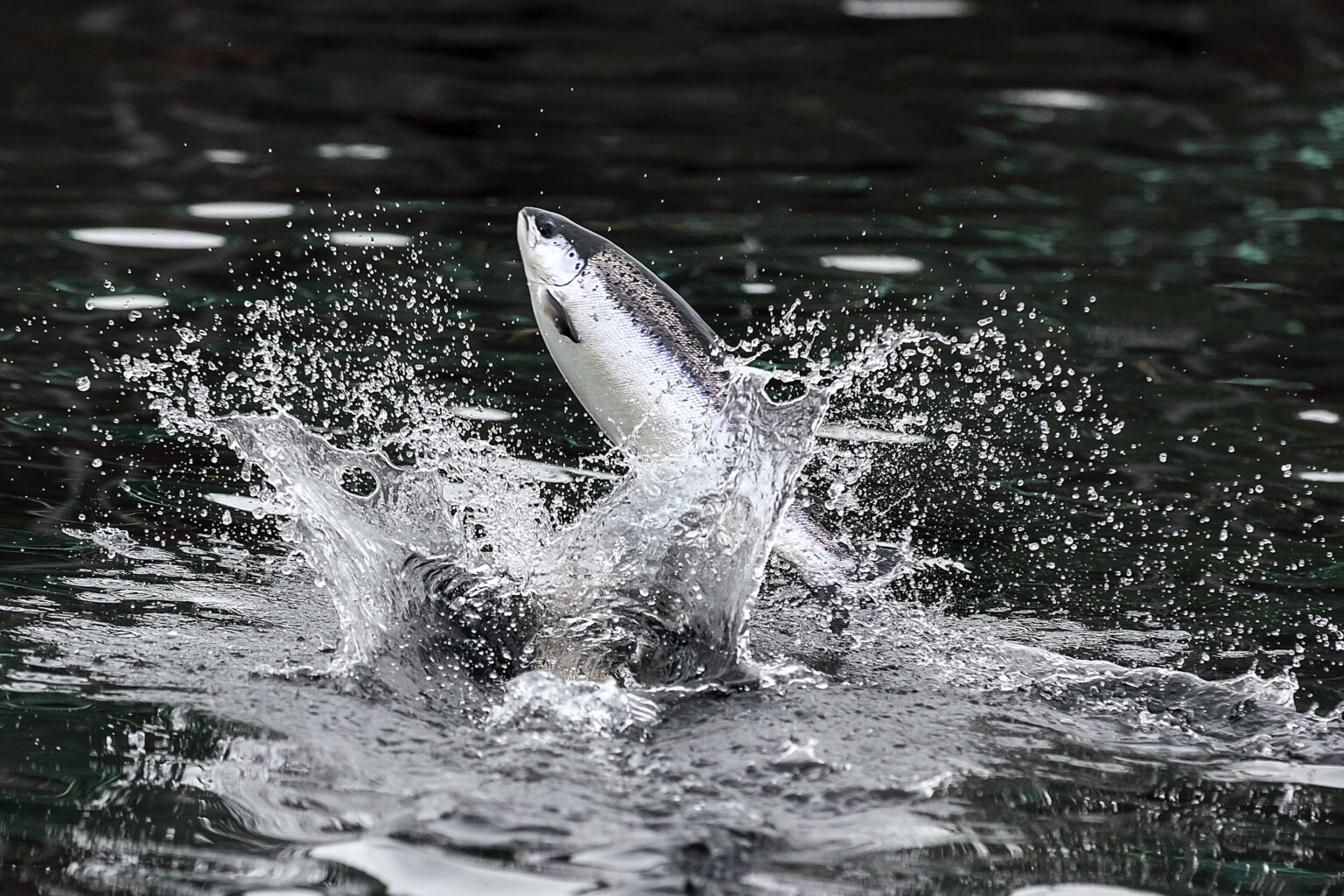Standardisation of health data
A little more than a year ago, on September 30th 2021, AquaCloud, launched a system to collect and classify data about mortality. By categorising different causes, the goal is that the information eventually can be used to reduce the numbers.
Project manager for fish health at AquaCloud, Olav Jamtøy, says it is a much-needed standardisation.
– Health data has so far been reported from multiple systems with different suppliers, and the scope here is to structure and standardise how data is gathered, Jamtøy says.
The system consists of a list of coded causes for losses. Having a common standard for coding different causes makes it easier to classify and analyse. Standardisation means that everyone uses the same way and the same terms when they are for example, reporting health data.
Areas of use
Standardised ways to code losses and the data that are gathered, can be used in many ways.
For example, AquaCloud`s system can be used to monitor production units on a company level, but it can also be useful to monitor regions and on a national level, as well as compare them.
By having exact numbers on different causes, the data also can be used to steer resources more directly, either it is the industry or researchers who decides to do something about it. Moving from causes to measures can be easier with access to more data, both for fish farmers and for researchers.
Today, different companies often report monthly numbers on loss and biomass as a total, without details about different causes.
– Therefore, AquaCloud`s system will give the industry better grounds to make decisions. It will give both researchers and fish farmers a significant overview of the status of their salmon, Jamtøy adds.
Even if the project is based on getting a better picture of health status and mortality, the end goal is to reduce the mortality and thus, improve fish health and welfare.
Using the same terminology matters
Using standards for digital registration makes it easier for everyone to report the same thing, correctly. In addition to establishing a standard for fish health, AquaCloud has been a part of the initiation of a review of NS 9417 “Standard Norge: Salmon and rainbow trout – Unambiguous terminology and methods for documentation”.
NS 9417 gives the value chain in aquaculture central definitions and terminology, in addition to recommendations about standardised environmental measures. Consequently, data gathered by utilizing it will be easier to compare.
A need for better data about fish health and welfare was one of the reasons for a review on the standard. Using the same terminology and methods reduces the possibility for misinterpretations and it makes the communication in the whole value chain more effective. The standard NS 9417 also produces the basis for consistent data registration.
The more the merrier
At the Havbruk2022 conference, researchers from the Norwegian Veterinary Institute presented some of their early findings from the data AquaCloud has gathered. While AquaCloud collects standarised data, the Veterinary Institute analyses it. Because it was early, they could not say too much, but they emphasised one thing: more data would most likely lead to more findings.
In other words, if more fish farmers joins the project, the end results might provide an even better reward for the participants. And for fish health and welfare.
If you want to be a part of the search for mortality causes, contact Kristian Blom at kristian@seafoodinnovation.no for more information about the project.
